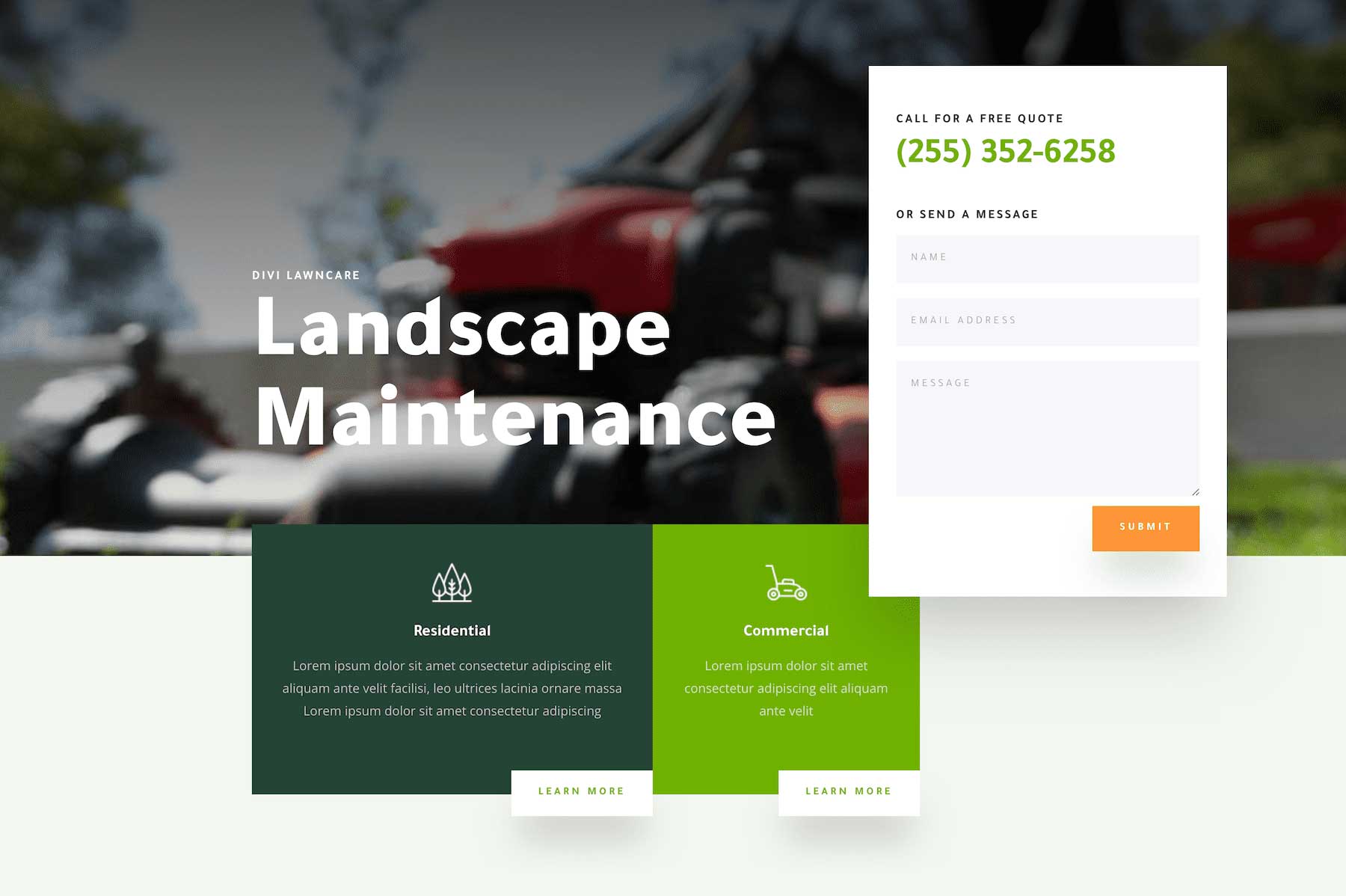The daily workflows of healthcare professionals have changed dramatically in recent years as healthcare professionals are forced to manage increasing workloads, unprecedented regulatory challenges, staff shortages and burnout. As the market evolves to support these challenges, the marketing mix must evolve as well.
Point-of-care (POC) is becoming an increasingly attractive part of the overall marketing mix as an interactive channel designed to integrate with healthcare providers' daily clinical work. A recent study found that today's physicians spend an average of 6 hours on electronic health records in an average 11-hour workday. As a result, the EHR has become an invaluable resource for communicating with providers.
In this article, we share the key benefits of POC channels for communicating with healthcare professionals, as well as best practices for POC messaging.
The importance of understanding the evolution of healthcare workers' work processes
To use POC channels effectively, it is necessary to understand how healthcare worker workflows are evolving. For example, when we study the workflows of healthcare providers, we know that the peak times for POC messages to reach healthcare providers are between 9am and 11am and 6pm and 7pm, and that providers spend most of their time on medication and electronic on standards review. order
Understanding healthcare provider workflows allows marketers to engage with messaging within a provider's day-to-day operations when messaging is most effective.
Advantages of POC channels
A key benefit of the POC channel is that it can deliver brand messages to healthcare providers at the bottom of the marketing funnel. This position has huge implications as healthcare professionals can see and therefore make better use of the information provided.
Although the CPM (cost per thousand impressions) is sometimes higher with POC messages than other forms of online marketing, the cost per conversion is 17% lower with POC channels. Because messages reach health workers when they are most likely to use the information, changing awareness costs less.
Despite this advantage, most marketers (87% of respondents) don't seem to know the power of POC messaging.
The most effective types of POC messages
Trigger based message
This report found that trigger-based POC messages were the most effective, 32% more effective than other types of POC messages. This is because healthcare providers interact with patients differently at different points in the clinical patient care workflow. By learning more about the HCP POC journey, you'll be able to share personalized messages with your target audience, especially messages that relate to their POC status. For example, messages can be targeted based on the behavior of the healthcare provider's client. Demographic profile of the patient; Composition profile. or clinical indicators.
This type of guidance helps healthcare professionals communicate more effectively with their patients, making them more receptive to their message. Ultimately, it helps improve treatment outcomes.
Provides useful information on specific medications.
Specialty medicines can deliver life-changing results for patients. However, its benefits depend on the ability of providers to select appropriate treatments and the ability of patients to pay and initiate treatment. That is why marketers are trying to simplify the process of ordering specific drugs. One way to do this is to support healthcare providers in their workflow to facilitate patient access to these life-changing medicines, such as patient-friendly messaging and pharmacy referral messages.
Patient Eligibility Message
In a recent study, US physicians reported that information about patient value programs offered by biopharmaceutical companies was particularly valuable.
High prices put prescription drugs out of reach for many Americans. About 30% of new prescriptions are not filled in pharmacies. The level of education exceeds 69%. Many life sciences brands are trying to help patients by offering financial assistance programs such as co-pay cards and discount coupons. However, patients often do not use these programs. According to a recent study, 20% of patients do not even know that such help exists.
Patient access programs are generally initiated by health care providers, but many health care providers are not aware of these patient support programs. Sharing information about patient support programs with health care providers can significantly reduce medication abandonment and improve medication adherence.
Pharmacy route message
Pharmacy referral messages can be a valuable tool to help healthcare providers better serve their patients.
Non-specialty drugs often go to specialty pharmacies, or specialty drugs go to retail pharmacies that cannot fill the prescription. Both situations can cause unnecessary challenges for patients and providers. Pharmacy routing messages help ensure that prescriptions are sent to the correct pharmacy at the patient's point of care using pharmacy information provided by healthcare providers.
Research shows that the health system's use of specialty pharmacies to prescribe specialty drugs can help improve specialty drug access, compliance, affordability, and patient outcomes.
Veradigm Digital Health Media reaches one of the largest healthcare audiences in the United States. Veradigm Digital Health Media uses anonymized, HIPAA-compliant real data to deliver highly targeted messages directly to the POC. It comes in a channel that doctors use every day: ESFs. With Veradigm as the data source, Digital Health Media can use real-time, anonymized EHR data to ensure healthcare providers see authorized messages related to their healthcare brand or environment, in compliance with HIPAA and all applicable laws :
Veradigm Digital Health Media delivers highly targeted messages so they can be viewed by specifically interested providers, providing critical benefits to providers and their patients. It can also help you reach stakeholders across a wide range of clinical workflow elements that are critical to the provider-patient consultation at each patient encounter. This allows you to send the message when it is most relevant. ¹
Veradigm Digital Health Media is the first EHR marketing solution to become a member of the Point of Care Marketing Association (POCMA).
Contact us today to find out how Veradigm Digital Health Media can help transform POC messages to reach the right healthcare providers at the right time.
¹ Advertising for a biopharmaceutical product or device will not appear during the ordering process in accordance with applicable law.

